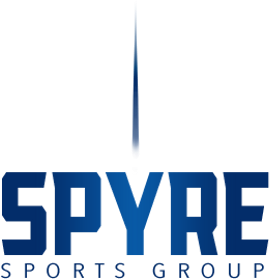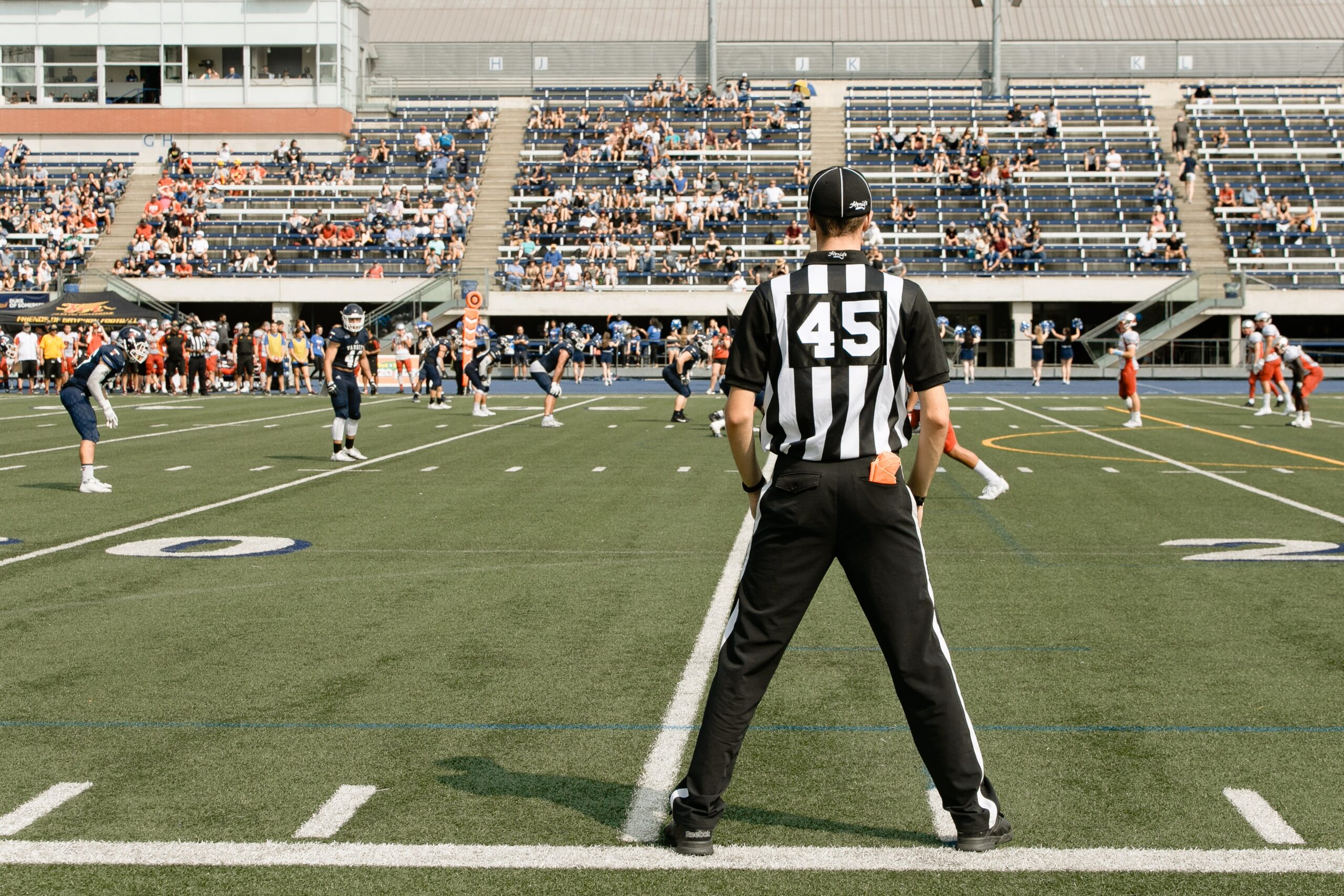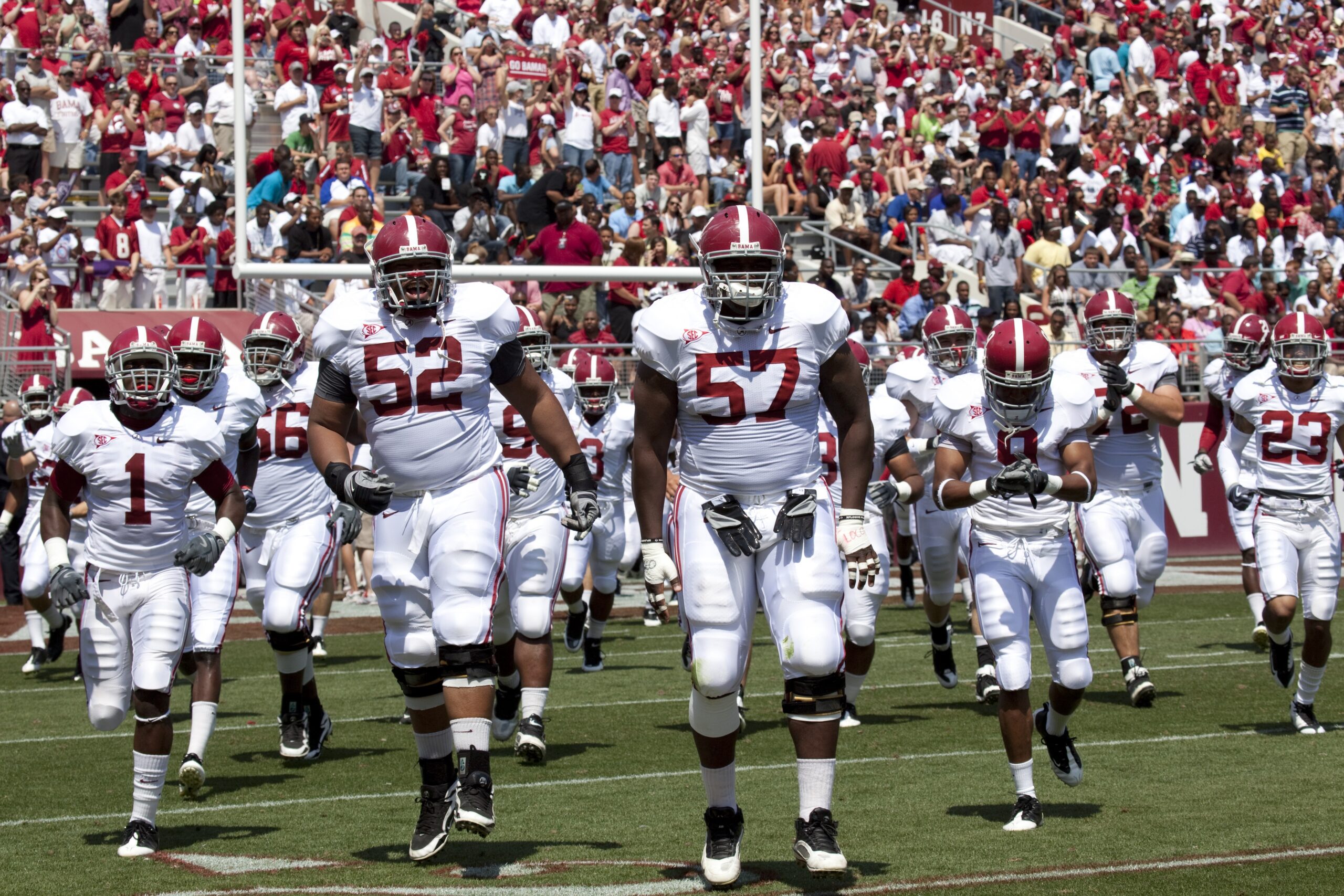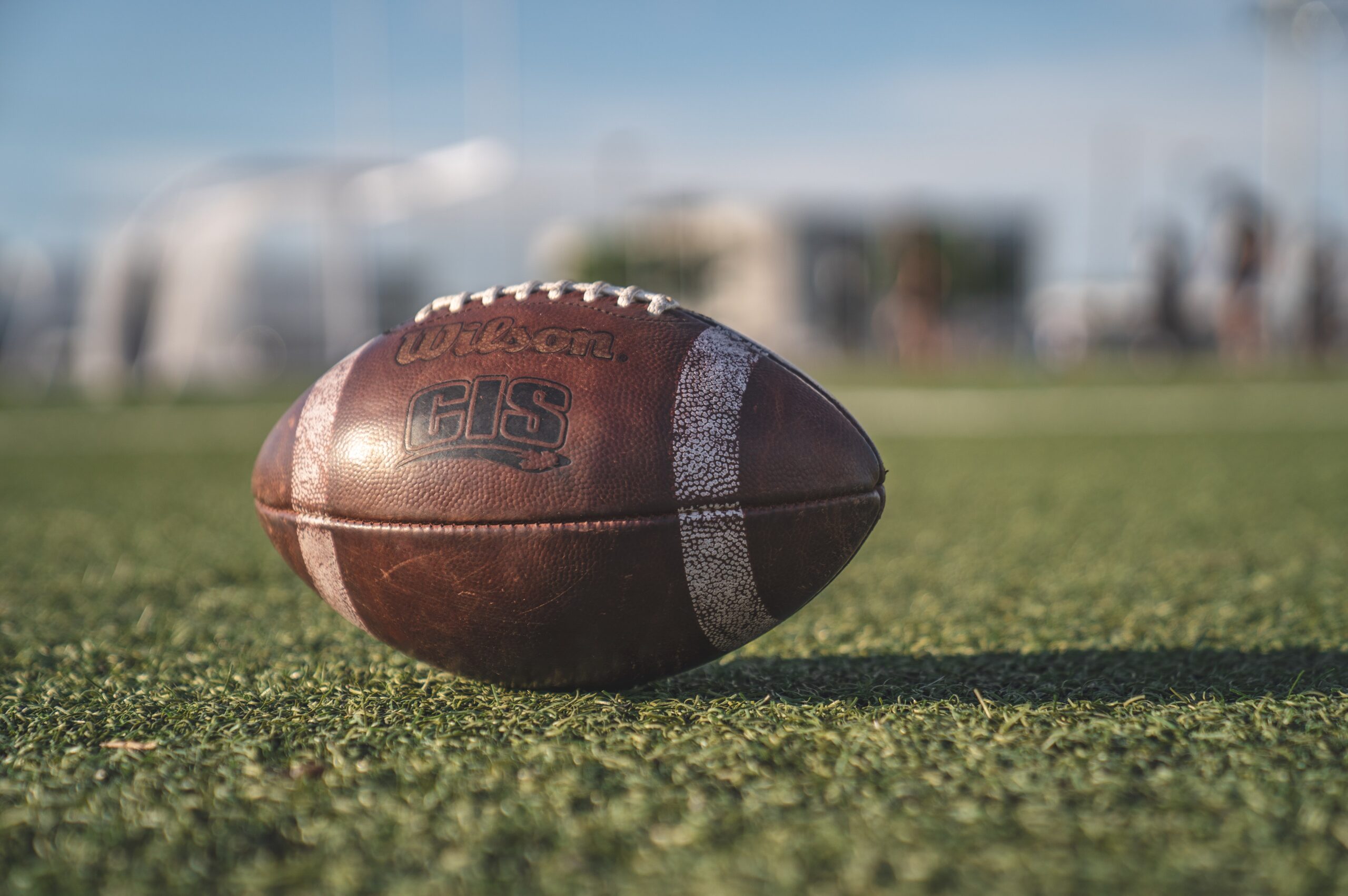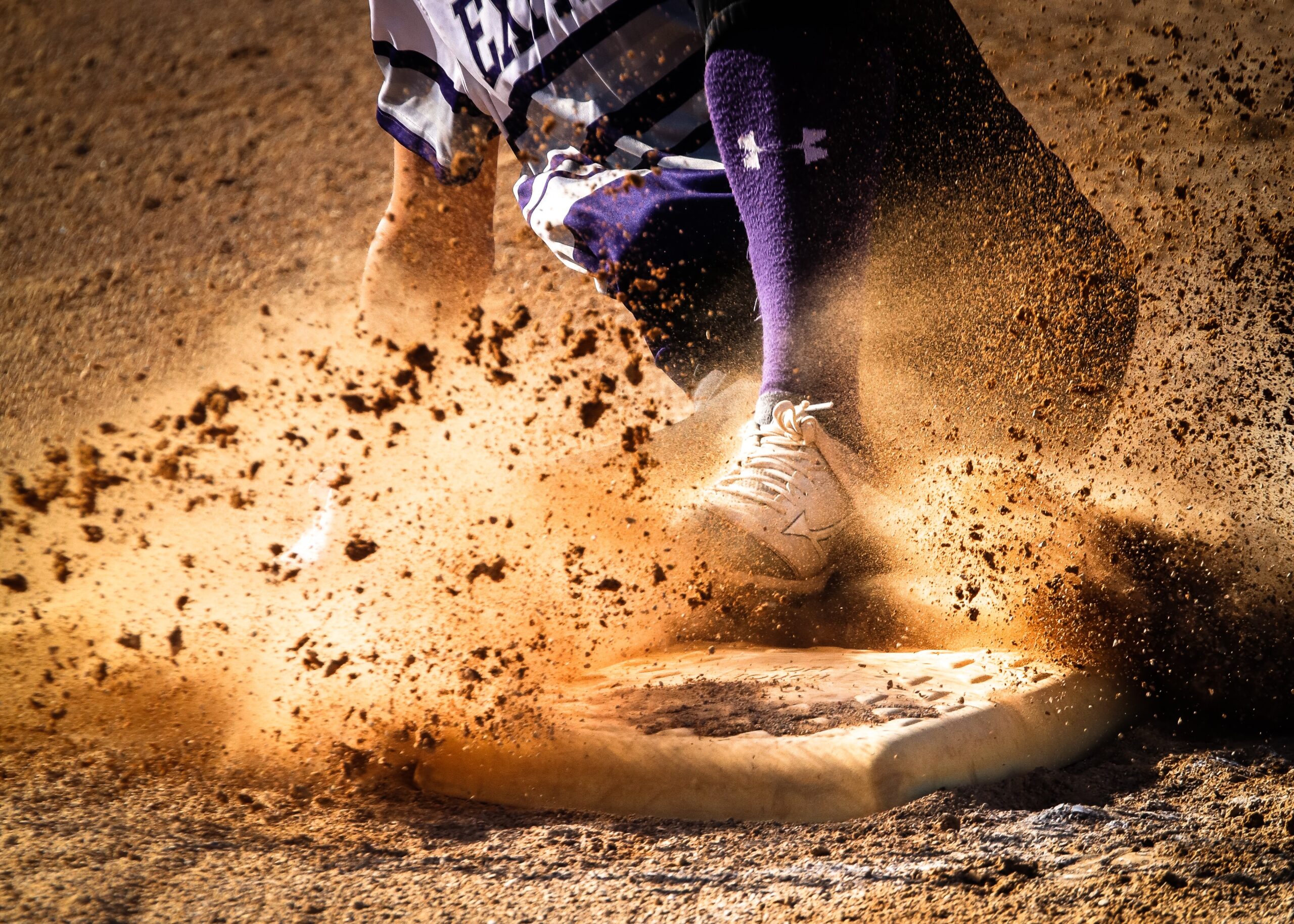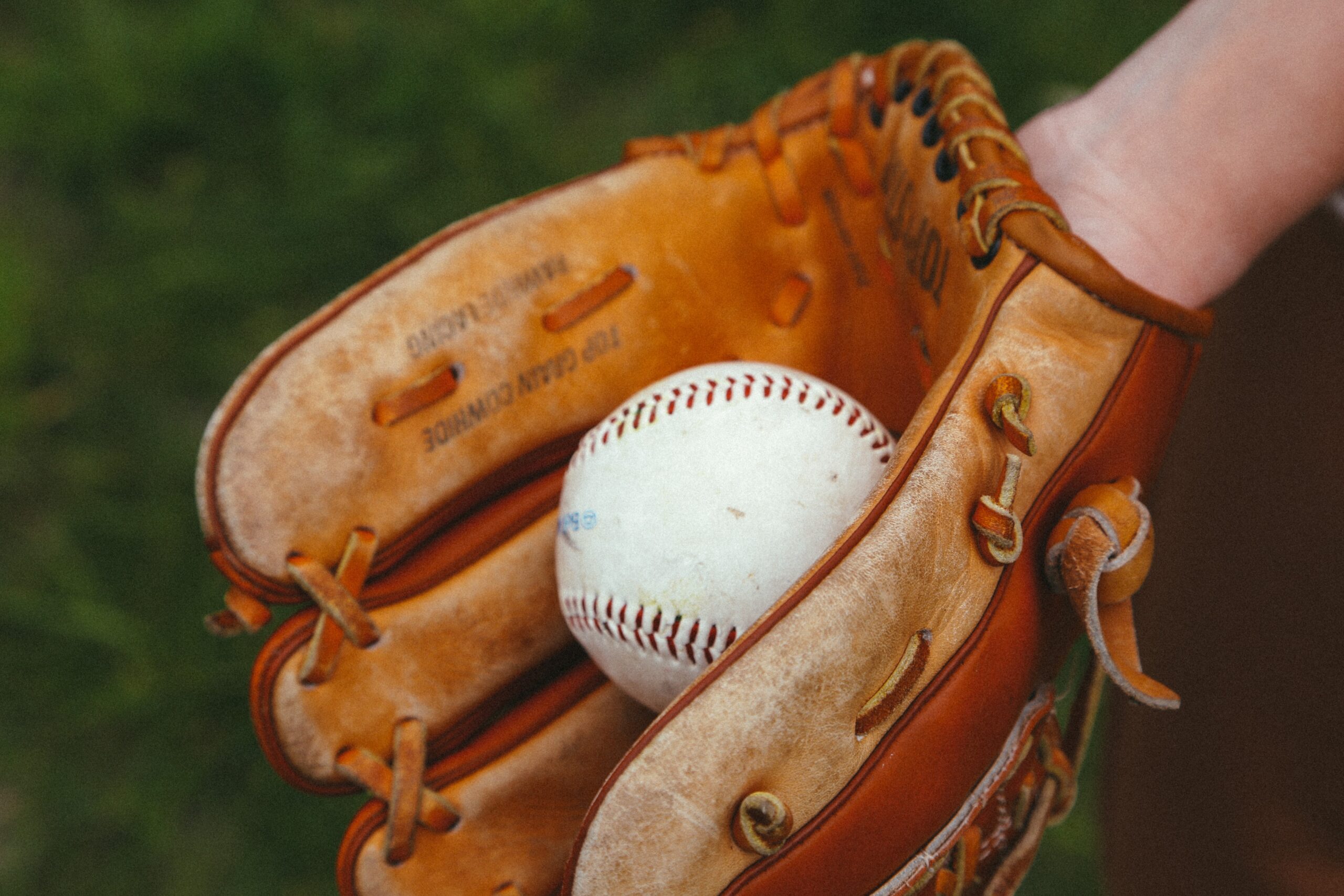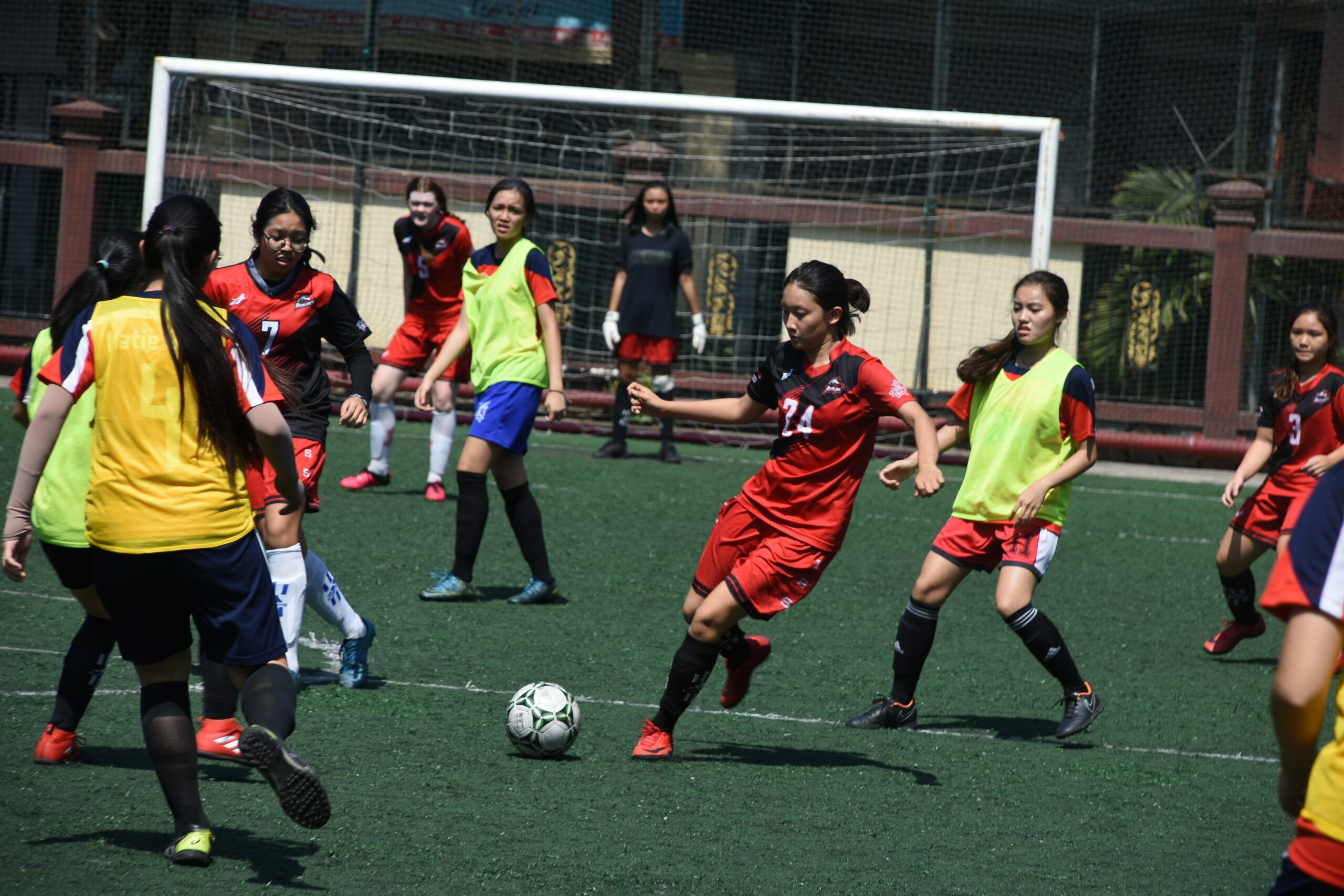For generations, the National College Athletics Association (NCAA) has been the leading authority on defining the policy around student-athlete compensation, as well as the final word on the enforcement of those rules.
Since its founding at the turn of the 20th century, the NCAA’s stance on this issue has been clear – athletes participating in college sports are students first, and athletes second. Supporters of this line of thinking believe student-athletes should play for the love of the game, rather than a payment.
Moreover, some argue they’re already compensated in other ways:
“Colleges are already compensating their student-athletes with tuition, room, board, coaching, nutritional support, and physical trainers that can exceed $100,000 per year in value. Student-athletes are already paid and the current system is pretty close to as far as we are going to get. Paying a few of them more will not improve college sports.”
So, while it is completely appropriate for professional athletes to be compensated with a salary and allowed to pursue brand endorsement deals, the long-standing policy status quo has been that student-athletes are amateur players, not professionals. That means they should not be entitled to those privileges on principle.
In recent years, however, the tides have turned in favor of student-athletes regarding NIL policy, but not due to a change of heart in the NCAA. Rather, state legislatures have stepped up to the plate with laws in favor of student-athlete compensation for name, image, and likeness.
As a note, while this article will provide an overview of what is has transpired already at the state level on legislation for NIL rules for student-athletes, this issue is very much a “moving target,” as stakeholders and legislators alike continue to find solutions to this debate in real-time. We will make every reasonable effort to keep this article updated as substantive changes take place.
There are limits of the NCAA’s authority
Before we dig into state legislative efforts to empower student-athletes with the ability to be compensated for their name, image, and likeness, it’s important to understand why they are able to do so.
Historically speaking, the NCAA has been the governing organization that sets the policies for all college athletes, particularly for Division I and Division II college athletes. They have comprehensive bylaws that lay out, in detail, the rules and policies that everyone involved in college sports must follow.
Additionally, NCAA entities such as the NCAA Eligibility Center exist as oversight and enforcement mechanisms for those rules. For example, before a college athlete can play for a Division I or Division II school, they have to be certified by the NCAA as eligible to play. This isn’t a check-the-box process, either, as eligibility is not always guaranteed.
For instance, Enes Kanter intended to play for the University of Kentucky, but the NCAA ruled (and then later upheld their ruling in 2011 following appeals) Kanter permanently ineligible to play for Kentucky due to payments he had received from a professional sports club in Turkey.
That being said, the NCAA is a private institution, meaning that, by definition, it lacks the level of legal enforcement that a local, state, or federal government body possesses. And this is where the narrative around NIL rules and governance shifted. Previously, the only entity (private or public) taking initiative to set NIL rules was the NCAA. In recent years, that has changed.
Even though the NCAA has seen challenges around NIL rules and student-athlete compensation at a federal level – for instance, O’Bannon vs. the NCAA, although the U.S. Supreme Court declined to hear the case – there has yet to be a precedent-setting case setting the national legal standard on the issue.
State legislators, largely on behalf of those in favor of compensation for student-athletes have stepped up to fill that void.
California’s Fair Pay-to-Play Act
California blazed a trail in this area with the introduction and passage of the Senate Bill 206, the Fair Pay-to-Play Act in 2019. The bill itself allows for the following:
- Student-athletes to pursue branding and endorsement deals, as well as agent relationships, without jeopardizing any scholarships they may have.
- Student-athletes to have more control (and seek compensation for) the marketing of their name, image, and likeness.
Ed O’Bannon, as well as LeBron James sat alongside Governor Gavin Newsom as he signed the bill officially into law. Although the Supreme Court declined to hear the case, O’Bannon’s efforts still resulted in setting a precedent that the NCAA stood in violation of the Sherman Antitrust Act.
To quote Federal Judge Claudia Wilken’s initial judgment from 2014 (of which, the spirit of the ruling was upheld on appeal even if it was overturned in part):
“The historical record that the NCAA cites as evidence of its longstanding commitment to amateurism is unpersuasive. This record reveals that the NCAA has revised its rules governing student-athlete compensation numerous times over the years, sometimes in significant and contradictory ways. Rather than evincing the association’s adherence to a set of core principles, this history documents how malleable the NCAA’s definition of amateurism has been since its founding.
The association’s current rules demonstrate that, even today, the NCAA does not consistently adhere to a single definition of amateurism. A Division I tennis recruit can preserve his amateur status even if he accepts ten thousand dollars in prize money the year before he enrolls in college. A Division I track and field recruit, however, would forfeit his athletic eligibility if he did the same.”
Later, when Newsom signed additional legislation to accelerate the effective date of the Fair Pay-to-Play At by two years, from 2023 to 2021, he shared <<link to pillar>>:
“California led the charge against the unjust power imbalance in college sports, launching a national movement and spurring long-overdue changes in this multibillion-dollar enterprise. I’m proud to build on our leadership with today’s legislation to expand and protect our college athletes’ rights to reap the rewards from their sacrifices and success.”
At the time of the initial signing in 2019, Newsom had also predicted other states would follow suit. He was not wrong.
Soon after, scores of states lined up to pass their own NIL legislation
It was reported that 40 states had declared their intention to pass laws almost immediately after Newsom had signed California’s bill into law and that by May 2021, 19 of those states had successfully passed legislation allowing for student-athlete compensation in some form for their name, image, and likeness:
“The exact provisions of such legislation vary by state, but enacted bills generally include language to prevent the NCAA, conferences, and schools from barring student-athletes from receiving compensation for their names, images, or likenesses. Many states also allow athletes to hire agents and require advertising and endorsement deals to be reported to schools.”
An example of NIL legislative provision variance is how Illinois and Texas similarly differ from the landmark NIL law that came out of California. While the Fair Pay-to-Play Act of the Sunshine state put no prohibitions on the types of endorsement and brand partnerships a student-athlete could pursue, both Illinois and Texas NIL laws have exclusions around certain “vice” industries deals.
The current NIL legislative landscape
As of May 4, 2022, here is the current status of NIL legislation in the United States, at a state level:
Image credit: Opendorse
Over the past three years, states have continued their trend of leading the charge on NIL policy. In some states, amendments have been proposed or adopted to further refine what those laws actually look like. In the case of Alabama, specifically, state legislators repealed their NIL law entirely due to the “disadvantage it put state institutions in.”
Even with state lawmakers continually evaluating and reevaluating the best way to regulate NIL compensation for student-athletes, they have made an impact.
In 2021, the NCAA announced an interim policy for name, image, and likeness rules that showed deference to state policymakers. The guidelines put forward in this interim policy collectively direct student-athletes to abide by the laws of the state, if they exist. And in states where no such laws exist currently, NCAA policy should be followed as written.
NCAA President Mark Emmert stated at the time:
“With the variety of state laws adopted across the country, we will continue to work with Congress to develop a solution that will provide clarity on a national level.”To date, although NIL legislation has been introduced at the federal level, Congress has yet to pass any of them.
